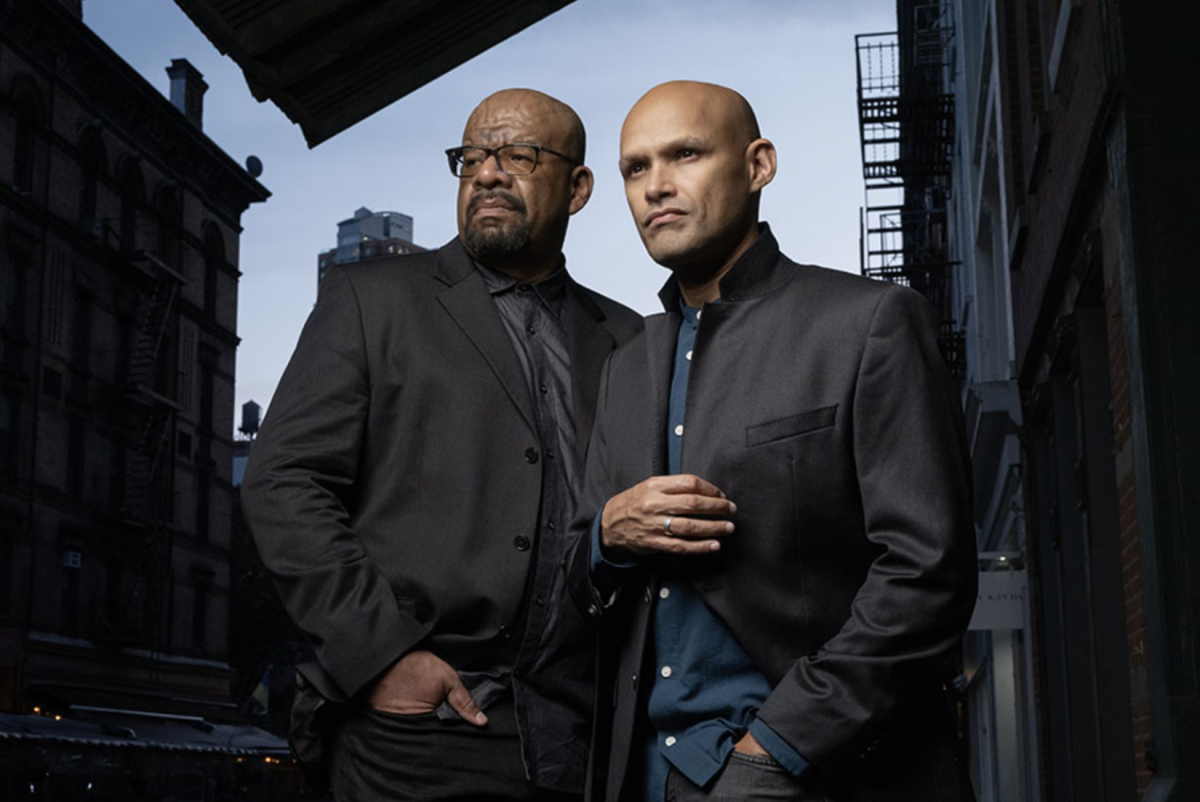Since receiving an iPod nano for my 11th birthday, plane rides have always been a time when I stick in my headphones and put my favorite songs on shuffle. This weekend I was on a flight from Philadelphia to Nashville, and I did just this. My seatmate had the same idea. He pulled out his iPhone, selected a playlist and nodded off to sleep. Two hours in a seat is just better with your favorite music. For the past nine years I have been listening to music in the air, but the nature of this music has recently taken a shift.
I used to buy my music from the iTunes store, but today I stream music on apps like SoundCloud or listen to my playlists on Spotify. I am not alone. The man sitting next to me was listening to his Spotify for the duration of the flight, and when we regained service at the landing he began streaming SoundCloud. Two years ago my seatmate and I would have queued up our favorite iTunes playlist, but today digital music services such as Spotify and Tidal are gaining popularity. Audio distribution platforms like SoundCloud are also becoming increasingly popular.
After receiving your monthly payments, services like Spotify grant you access to millions of songs. You can download these songs to your devices for offline listening. When you pay for this service you don’t have to stream and you essentially have an unlimited music library. For students, Spotify only costs $4.99 per month. This price is less than the cost of four songs in the iTunes store. As someone who is interested in listening to more than four new songs a month, the switch to Spotify was a no-brainer. There is also a free version of Spotify available. The free version doesn’t allow you to download playlists, so you have to stream, and will also play advertisements between songs.
SoundCloud has a bit of a different concept from Spotify. SoundCloud is a platform where artists, including musicians and DJs, can share their original music to the public. Copyright can sometimes get in the way of users posting their music to this platform, especially those who are creating mixes of popular songs. Evan Palmieri, a DJ in Philadelphia, describes his use of SoundCloud.
“My experience with SoundCloud has been more positive as a listener than as a DJ. While it is a great place to post mixes and get myself out there just a bit more, it is near impossible to post a mix due to copyright infringements. SoundCloud’s copyright rules are very strict, so the majority of mixes (at least the ones I make) can’t be posted, forcing me to use websites like mixcloud.com instead,” Palmieri said
In the past, artists would have to upload their new music from a real computer. Listeners could use their phones but creators would not be able to upload new tracks or edit information from a mobile device. Recently SoundCloud has released a new app called SoundCloud Pulse. This new app is designed specifically for the music creators to be able to upload music on the go. The ability to upload tracks and edit track information from a mobile device is a huge deal for music creators. Student, musician and SoundCloud user at Northeastern University, Rick Vogler, shares his feelings about this new app: “It seems likes it’s good for artists on SoundCloud. Regular SoundCloud is only good for listening. You need to be on the computer to do stuff with your posts really.” Simply put, this new app has made SoundCloud more accessible, and that is sure to result in a rise in usership.
The shift towards streamed music really makes sense for the high-paced world which we live in. Services like Spotify allow you to access millions of songs, including music that has just been released. Services like SoundCloud allow artists to share with listeners everywhere, a process that has just been made easier with the release of SoundCloud Pulse. Although there are copyright barriers, today it is much easier to create and distribute music than in the past, and it makes sense that we should shift to streaming. It is a more cost-effective and flexible way to discover and enjoy music. The platforms on which we listen to music are sure to change, but I foresee that people will be listening to their music on plane rides for years to come.




